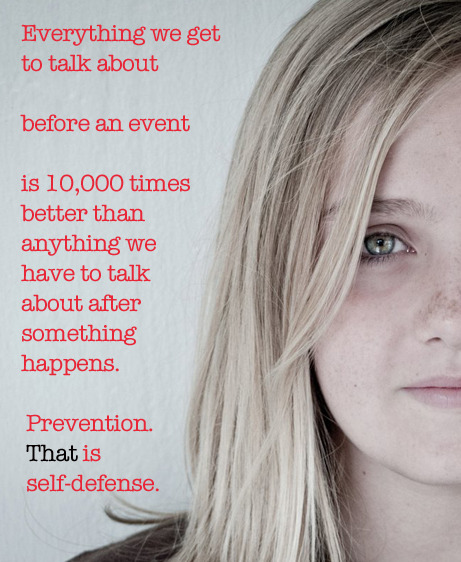Type 2 Diabetes
Awareness & Prevention
One in three children will develop Type 2 diabetes so it just makes sense to discuss the awareness & prevention of this disease. This is a unique component of our modern day self-defense lessons for children, teens & adults. Through education we create awareness & through action we create a means for the prevention of Type 2 Diabetes. We discuss, educate & inspire a lifestyle of Healthy Eating & Regular Exercise. This is yet another component of Intelligent Curriculum in our Martial Arts Education taught by Sensei Dan Rominski at TheDOJO.
Did You Know?
Type 2 diabetes is on the rise. By the year 2050, one in three people will have diabetes. Children from certain racial and ethnic groups are at higher risk, including African American, Hispanic/Latino, Asian/Pacific Islander and Native American children. If you have a family member with Diabetes you are more at risk in developing the disease.
What is Diabetes?
In type 1 diabetes, the body can no longer make any insulin. Insulin is a hormone your body needs to use glucose. Glucose is a sugar your body uses to give you energy. People with type 1 diabetes inject insulin every day in order to live. At this time, type 1 diabetes cannot be prevented.
In type 2 diabetes, the body makes insulin. But, it may not make enough, the insulin it makes may not work well, or both.
Type 2 diabetes may be prevented or delayed for many years.
Preventing Diabetes in Teens
Risk for Diabetes goes up if you have a family history or if you are overweight.
Age is also a risk factor for diabetes as a person’s risk increases after age 45.
However, the number of teens diagnosed with pre-diabetes and diabetes is growing. For this age group, being overweight is their number one risk factor. Risk for diabetes goes up if you have a family history or if you are overweight.
Preventing Type Two Diabetes In Children
Children and teens may be able to prevent diabetes or delay its onset for many years. Small changes can make a big difference. Even a small amount of weight loss can help prevent or delay diabetes.
Losing weight is hard, especially if you’re trying to do it by yourself. Get the whole family involved. After all, a healthy diet for preventing diabetes is a healthy diet for everyone.
Lose Weight By Eating Healthy
Here are some healthy eating tips the whole family can try.
Drink water — Limit sugar-sweetened drinks including, sodas, juices, sports drinks, and coffee drinks. These drinks add calories with little or no nutritional value.
Eat more fruits and vegetables — If fresh is not available, try frozen or canned fruits (in natural juice, not syrup) and vegetables. They’re more affordable, easy to cook and they don’t go bad!
Make healthy snack foods easy to find in the kitchen — Place grapes, carrots or plain popcorn on the counter.
Limit fast food — When you do choose fast food, make healthier choices:
Choose salads with dressing on the side
Choose foods that are grilled or broiled
Choose to eliminate Soda
Hold the mayo
Choose baked chips, salad or apples slices instead of french fries.
Order the kid-size meal
Learn how to Create Your Plate — Fill half your plate with non-starchy vegetables. For the remaining side, fill half with a lean protein, and the remaining quarter with carbs or starches, like brown rice or whole grain pasta.
Lose Weight By Getting Active
Limit sitting in front of a screen time to no more than 2 hours a day — This includes TV, computer, phone and video games.
Get moving — Children and teens should get 60 minutes a day of exercise most days of the week. Here are ways your family can be more physically active:
Walk, bike, or scooter to school. Try a “walking school bus” or supervised bike rides.
Attend Martial Arts lessons with a qualified instructor
Turn up the music and dance
Walk outside, in a mall, at a park, or in a museum
Join your local YMCA
Take the stairs instead of the elevator
Get off the bus a stop early and walk
Park at the far end of the lot
Walk around while talking on the phone or watching TV
Set Goals — Challenge your child, and yourself by setting small goals. Reward your successes with non-food items. (Ex. Having a sleepover, renting a movie, going shopping)
Warning Signs?
Children and teens with type 2 diabetes often feel no symptoms at all. However, be aware of some common symptoms of type 2 diabetes.
Increased thirst
Frequent or nighttime urination
Blurry vision
Unusual fatigue
If you notice any of these symptoms in your child, contact a health care provider.
What is the A1C Test?
The A1c test is a blood test that provides information about a person’s average levels of blood glucose, also called blood sugar, over the past 3 months. The A1C test is sometimes called the hemoglobin A1c, HbA1c, or glycohemoglobin test. The A1C test is the primary test used for diabetes management and diabetes research. Individuals with diabetes and those at risk for developing Type 2 diabetes can have a regular A1c test, also known as HbA1c, performed by their doctor.
Learn more about how our Intelligent Curriculum with Sensei Dan Rominski at TheDOJO




